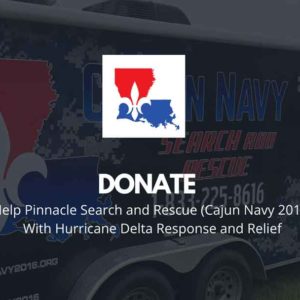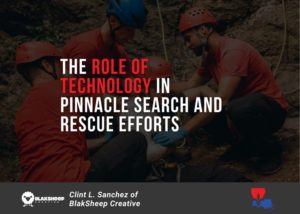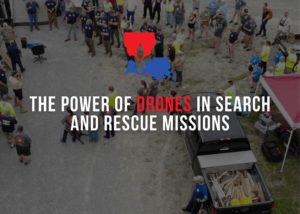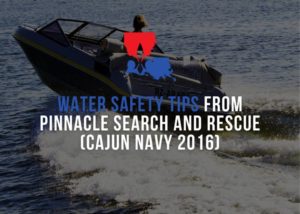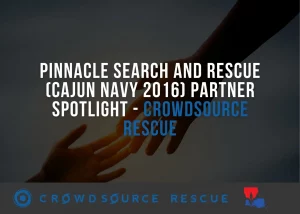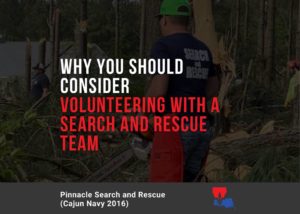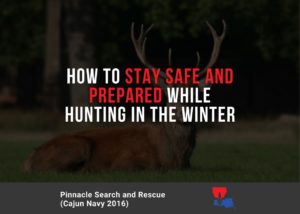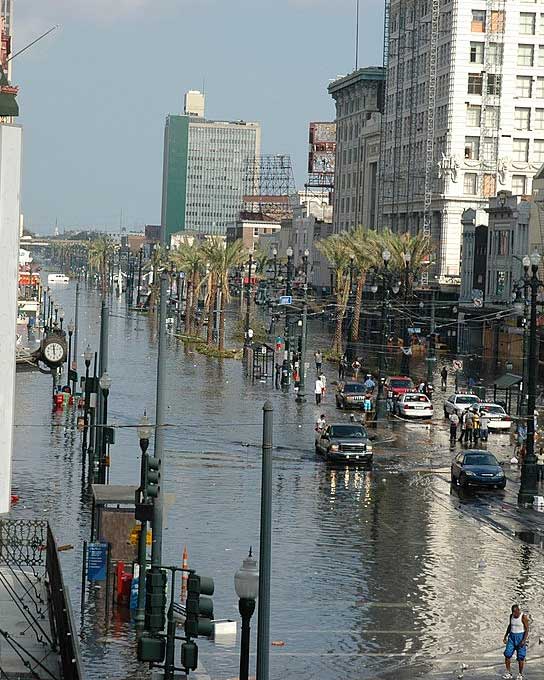
Starting with Hurricane Katrina in 2005, citizen-led disaster relief has significantly changed how disasters are handled and managed.
The government is no longer solely responsible for all disaster relief efforts after a natural disaster occurs.
There are now organizations that use crowdfunding to reach out to citizens for donations to fund their work.
These organizations can be found across various countries! This article seeks to highlight some of these organizations and what they do in multiple countries!
What is disaster relief?
Disaster relief is the handling and management of disaster recovery efforts. These can take place after a natural disaster has taken place or been predicted to happen. Disaster relief organizations come in many different shapes and sizes. Some more formal groups include governmental bodies such as FEMA, Red Cross, and similar emergency response organizations.
Nonprofits are also popular when it comes to disaster relief efforts. For example, let’s take a look at GlobalGiving.org.
GlobalGiving is a nonprofit that connects other nonprofits with donors, resources, and causes worldwide.
With more than 8 million members from 196 countries around the globe, Global Giving helps anyone who wants to help others–whether as individuals or organizations–access their resources:
- Funding opportunities
- Grant-writing advice
- Business best practices training through webinars and consulting services
- Data on nonprofit performance metrics like transparency ratings by Charity Navigator
Crowdfunding platforms on social media have also become very popular because they’re so easy to use for both donors and recipients! Platforms like GoFundMe allow people who want to donate to specific causes on their website while giving the receivers room to share their stories and expand on the work that they’re doing.
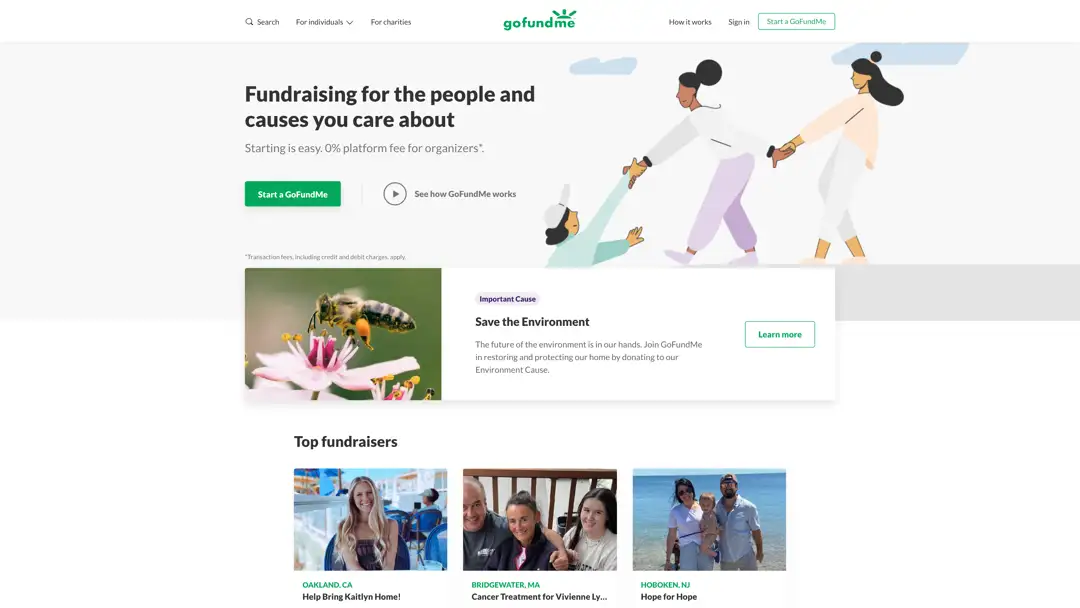
Interestingly, there are also crowdsourced organizations that use crowdfunding to fund themselves! Having been founded after Hurricane Katrina in 2005, Team Rubicon is an organization that uses volunteers from all over the world to respond to natural disasters where a community needs help the most.
They’ve responded during everything from hurricanes to floods and even wildfires. Here’s what happened when they went into a Louisiana neighborhood affected by Hurricanes Harvey & Irma.
“What began as simple grocery runs evolved into multi-day disaster response operations following Hurricanes Harvey and Irma. In Beaumont, Texas, more than 1,800 homes have flooded – more than 200 remain underwater today – due to failed dams along Buffalo Bayou, a major drainage channel that runs through the city.”
Another crowdsourced organization is The Cajun Navy 2016 – Pinnacle Search and Rescue. This newly formed volunteer group of boaters from all across Louisiana made an urgent plea for assistance after being overwhelmed with requests to help those in need during Hurricane Harvey.
As you can see from the above examples, crowdfunding platforms are changing how disaster relief is handled today and what types of organizations are handling it. Before, all the money and resources came from one place. Now, it comes from a variety of places!
Why should disaster relief be a citizen-led effort?
Crowdsourcing disaster relief efforts to the citizens of a country or community has many benefits. Crowdfunded organizations can get the funds for the high-quality work that they do. Donations can be used to fund projects and staff, and other resources that may not have been available before.
It also provides a sense of ownership for residents of these communities who feel as if they are making a difference in their area – which they are! Crowdsourced organizations also help with hope after disasters happen. By donating to and supporting these organizations, you’re giving people who might not know what’s going on down the street an opportunity to help out.
Finally, it helps with accountability. Donors can see exactly where their money is going and what it’s being used for. It’s a more transparent way of handing out funds than the former hands-off approach of government disaster relief programs that were nearly impossible for taxpayers to hold accountable.
The types of organizations that crowdfunding practices in disaster relief operations have impacted are many! Some examples include:
- Crowdsourced Organizations like Team Rubicon and The Cajun Navy who’re primarily funded through donations from donors on their website social media channels (like Facebook) and grants.
- Nonprofits like Global Giving.org who use online platforms to raise funds for local grassroots efforts around the world.
- Campaigns and crowdfunding websites such as Kickstarter.com, GoFundMe.com, and Crowdrise.com who all aim to help people and organizations with their efforts in disaster relief
How are the types of organizations changing due to these new practices?
Organizations like The Cajun Navy that were founded by volunteers from within a community, continue to do the work they always have done – only now they’re able to get the money they need for it!
For example, during Hurricane Harvey, The Cajun Navy raised around $80k through crowdsourcing at an event where 300 people donated funds. This money was then used to purchase supplies and build more boats to increase their rescue capabilities.
Companies that donate to disaster relief organizations help bolster the efforts already being made by these groups.
After Hurricane Katrina, Wal-Mart donated $30 million worth of goods – everything from food and water to diapers for infants! This is more than half of what Team Rubicon plans on spending during its multi-week deployment in the aftermath of Hurricane Harvey.
By donating money or resources, individuals can view how their money goes towards specific projects.
For example, a few years ago, after an earthquake hit Nepal, crowdfunding websites were created to fund rescue efforts. One of those fundraising campaigns, Project Himalaya, also focuses on building houses for families that lost theirs. Since it was founded in 2015, Project Himalaya has built over 600 homes!
People who donate to a project like this can see exactly where their money is going and how it’s being spent.
Project Himalaya also serves as an example of another way crowdfunding allows these organizations to get started – by raising startup capital.
The first $10,000 the organization raised went towards transportation costs and equipment. $600,000 of their total funding has gone towards building materials for their projects (including bricks, cement blocks, windows, and doors), while $200,000 has been used as salaries for local Nepalese builders! Having all this money helped the organization get off on the right foot at the beginning.
How does crowdfunding work in disasters, and what are the benefits of it?
Crowdfunding has been a massive game-changer in disaster recovery efforts! The government and big businesses have traditionally handled disaster relief, but now crowdfunding platforms allow citizens to contribute to the rebuilding efforts. And while they were initially used to raise funds for natural disaster relief, it’s also being used for things like Hurricane Harvey.
One example is Team Rubicon, which was created specifically for disaster relief. That organization raised $100,000 at a recent event and primarily used to buy supplies and boats to help rescue people during Hurricane Harvey. Other organizations like Global Giving or Project Himalaya focus specifically on natural disasters or contributing to their startup capital needs!

Crowdfunding benefits the efforts of these organizations in a few different ways. For example, it allows them to get the funding they need for their disaster relief projects, gets people involved, and reinvigorates their enthusiasm for helping.
With crowdfunding, you’re not just giving money – you’re giving your time as well! Whether that means sharing information about an organization’s activities on social media or working with friends and family to create some drawings to sell at fundraisers, every single person has something to contribute.
And by giving small amounts of time instead of large sums of money, individuals can help contribute without creating extra stress on themselves.
Roadblocks facing citizen-led disaster recovery
The biggest challenge facing citizen-led disaster recovery is convincing the government that it’s not a waste of time and money. In some areas, this has been easy to do – like with hurricane relief in Houston, Texas, where the city government was glad for the help they got from these organizations.
But in other places with more corruption and less democracy, it can be challenging to convince the government that disaster relief is something they want on their plate. One good example is Nepal; since the area cannot meet its own funding needs, they rely on outside assistance to help them rebuild after disasters.
But more than anything else, it seems like one of the biggest challenges citizen-led disaster recovery faces is navigating bureaucracy.
Most of these organizations have to deal with the same legal, governmental, and logistical concerns that regular businesses do.
And when there’s not enough funding or time, these organizations are forced to make tough decisions.
There’s only so much room for bureaucracy in disaster relief, and making sure that you can get your hands dirty without worrying about paperwork is one of the biggest challenges these groups face.
Legislation inspired by ‘Cajun Navy’ to coordinate volunteer rescues nears final passage https://t.co/oFFkqBPSiL pic.twitter.com/ngVFSgNU9O
— The Advocate (@theadvocatebr) May 11, 2018
Examples of organizations that use crowdfunding to help with disaster recovery efforts.
The Cajun Navy is an example of a group that has been able to help with disaster relief efforts. It is a nonprofit organization based in Louisiana created to meet the need after Hurricane Katrina.
The goal of the organization is to provide rescue services during disasters like hurricanes and floods. The Cajun Navy has relied on crowdfunding for assistance in the past. It allows people to donate their money to the organization instead of a specific project or person.
This allows the organization to put most of its money towards helping people during disasters.
Another group that uses crowdfunding to help with disaster recovery efforts is The Cajun Army. They are also based in Louisiana but respond to disasters all over the entire gulf coast of the United States. Read about how we work hand-in-hand with The Cajun Army in our recent blog post.
The Cajun Army is a 501c3 nonprofit organization with 19,000 volunteers to help those in need of disaster relief. Individuals can connect with the organization and offer their services to provide aid during times of need.
The Cajun Army wanted ‘to help without any red tape, which is why crowdfunding was the perfect thing for them. Leaders did not want their organization to be just another cog in the government’s disaster recovery machine; they wanted them to be able to get out there and get the job done faster than anyone else could!
Conclusion
Citizen-led disaster recovery is changing the face of disasters. For years, the government has been the only one with the money and resources to rebuild areas after natural disasters like hurricanes hit them. But now, some organizations use crowdfunding to reach out to citizens for donations to fund their work.
Have you ever wanted to help with disaster relief but didn’t know how?
Pinnacle Search and Rescue (Cajun Navy 2016) is an example of a group that can help with disaster relief efforts. we are a nonprofit organization based in Louisiana created to meet the need after Hurricane Katrina.
Our goal is to provide rescue services during disasters like hurricanes and floods. We do this by training volunteers, purchasing equipment and boats, and providing flood rescue trailers, mobile kitchens, emergency shelters, and other needed supplies.
You can be part of our team! Join us today by donating or volunteering your time so together we can make sure people have what they need when it.
Visit our online donation portal or our online application to get plugged in!
